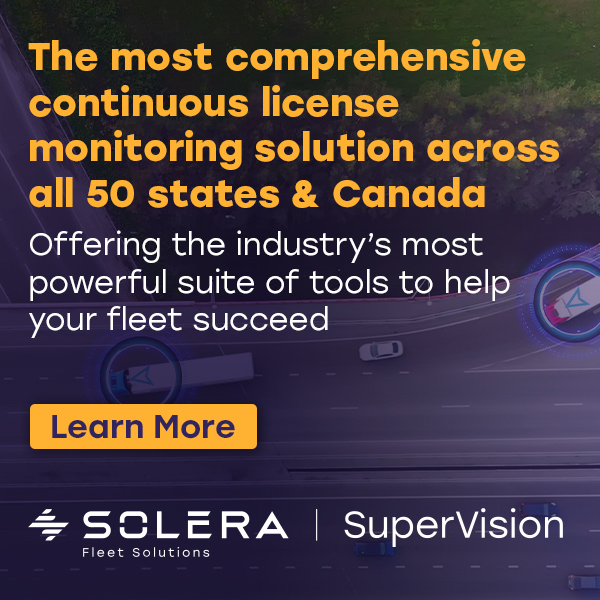
By Ed Smith, Agile Fleet
Is your organization being asked to conduct a fleet utilization study? Some organizations are required to do formal studies at fixed intervals. For example, GSA Fleet recommends that a Vehicle Allocation Methodology (VAM) survey be done every five years.
Others may need to perform utilization studies to validate desired objectives, such as purchasing new vehicles.
Whatever the reason and timing for your fleet utilization study, you should follow an established process that has clear objectives. In the e-book we co-authored with NAFA, The Ultimate Guide to Fleet Utilization and Achieving a Right-Sized Fleet, we recommend taking a couple of steps back before jumping in to the “how” and the “what” of a utilization study. First understand “why” you are performing the study. At the highest level, goals of a fleet utilization study are ultimately to:
Capture and present vehicle use metrics in a way that provides a clear understanding of utilization, and make the changes needed to operate the fleet more effectively and efficiently. (This means providing the vehicles your enterprise needs to fulfill its mission efficiently, and having the “right” quantities and types of vehicles readily available at the “right” location at the right time.)
As basic as the above goals of a fleet utilization study sound, it’s not uncommon for directives such as “we need to reduce the fleet by 5% across every department” to be the driving force behind your study. With a clear understanding of the result that the organization is attempting to achieve, and with a sound fleet utilization study process, great things can happen.
The ultimate goal of any fleet utilization study is to make changes that will positively impact the fleet. Changes may include, but not be limited to:
- Decreasing or increasing the size of the fleet based on utilization metrics and/or changes to business processes
- Identifying vehicles that fall outside of acceptable governing documents or policy and therefore must be eliminated or brought in to compliance
- Identifying vehicles that do not fit mission requirements or otherwise are not suitable as currently used in the fleet
- Transitioning vehicles from an assigned use to a shared use, i.e., motor pool
- Changing the composition (i.e. Class) of vehicles at each location, including possibly the need to upfit certain vehicles
- Transitioning vehicles from one location to another, perhaps as needs vary throughout the year
There may be hundreds, or thousands, of changes proposed. You may find it easiest to summarize utilization study results and subsequently do a vehicle-by-vehicle presentation of proposed fleet changes. In the end, the sum of changes made to individual vehicles should marry up with the total summary of changes desired. For example, if the utilization study recommends that six vehicles be eliminated from a sub-fleet, the detailed vehicle assessment should have six vehicles identified for elimination.
Getting started may be the hardest part of any initiative. The good news is that there is no reason to start from scratch relative to defining what a utilization study should look like. A quick search of the Internet on terms such as “fleet utilization study” or “fleet utilization assessment” will provide examples of past studies that may be relevant. It may also be valuable to have an outside fleet consulting firm perform, or support, your initiatives. At the end of the day, a very comprehensive study is what is going to make the difference.
If you are facing a fleet utilization study, feel free to reach out to me directly for tips and advice on getting started or download our e-book The Ultimate Guide to Fleet Utilization and Achieving a Right-Sized Fleet here. We are here to help.




